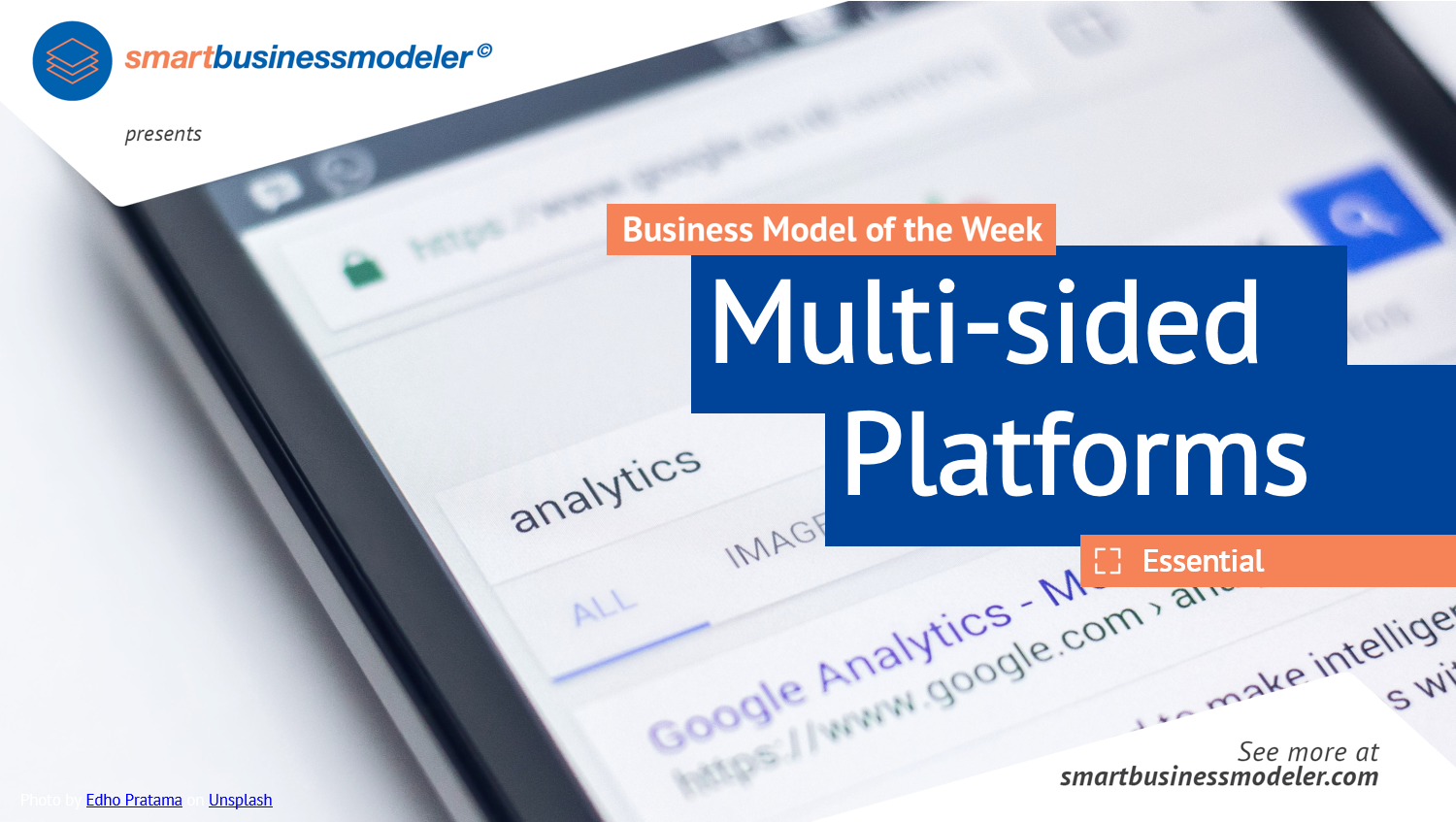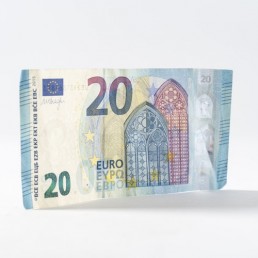Think about readers and advertisers in the newspaper Metro or searchers and advertisers on Google, do you see the pattern? They are connected on a Multi-sided platform, a powerful business model pattern in which two customers are the product of each other. But what is exactly happening on a multi-sided platform you may wonder. Well, here is the answer:

How?
Multi-sided companies are fundamentally different from the traditional one-sided companies or even from Matchmaking companies (like eBay or Uber). Traditional companies buy inputs, make products, and sell those products to one customer base. Matchmaking companies join buyers and sellers in a physical or virtual marketplace and create value by facilitating transactions. Multi-sided companies join different customer groups (Customer A and Customer B) on the same physical or virtual platform and provide different products or services to each customer group.
Put differently, multi-sided companies are about providing a way for multiple parties (multi), who stand on the different sides of demand and supply (sided), to gain benefits from the other groups’ transactions (platform). The growth logic of multi-sided platforms is based on network effects. This means that the value of a product, service, or technology increases with the number of users on different sides.
Take the example of ZoomThru: ZoomThru is providing garage operators with transparent data, parkers with seamless entry/exit into garages, and advertisers with extremely targeted advertising based on where end users parked their cars. Thus, ZoomThru creates value by bringing parking garage operators, parkers, and advertisers together; it transforms raw parking data into a digital asset. In doing so, and by creating a frictionless customer experience, ZoomThru created something never seen in the parking-industry – customer loyalty.
“The-Chicken-or-The-Egg”
The famous “the-chicken-or-the-egg” dilemma is the mother of all challenges for multi-sided platforms. Why would parking garage operators get on a platform that has hardly any parkers, and why will parkers look for parking on a platform that has hardly any parking? Next to a unique value proposition for the most important customer group, creative ‘hacks’ can help to populate a platform. For instance, Airbnb famously used Craigslist to boost its growth initially. In simple terms: Airbnb offered users who listed properties on Airbnb the opportunity to post them to Craigslist as well.
So this is the Brain Snack of the week. If you enjoyed this content, please comment, follow us, and share this post! Also, you can explore more ways for business model innovation on www.smartbusinessmodeler.com.
Excited to translate your business idea into a scalable business model?
Simply sign up now to access our bite-sized units, templates, and tools that guide you through the art of creating and testing winning business models.
All this, and a lot more – for free!







